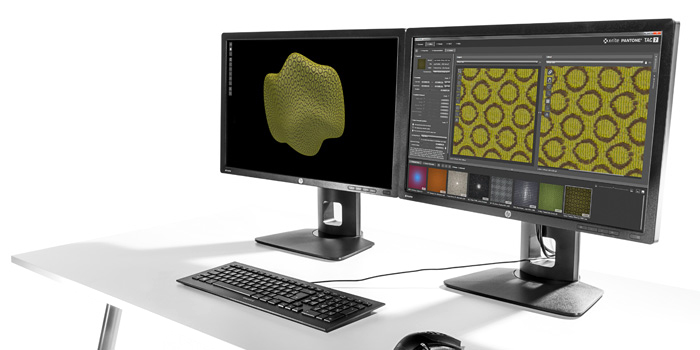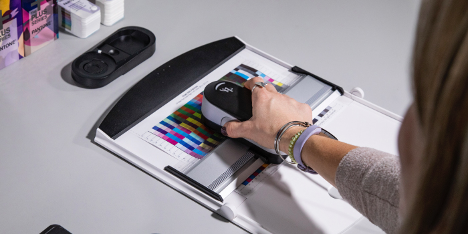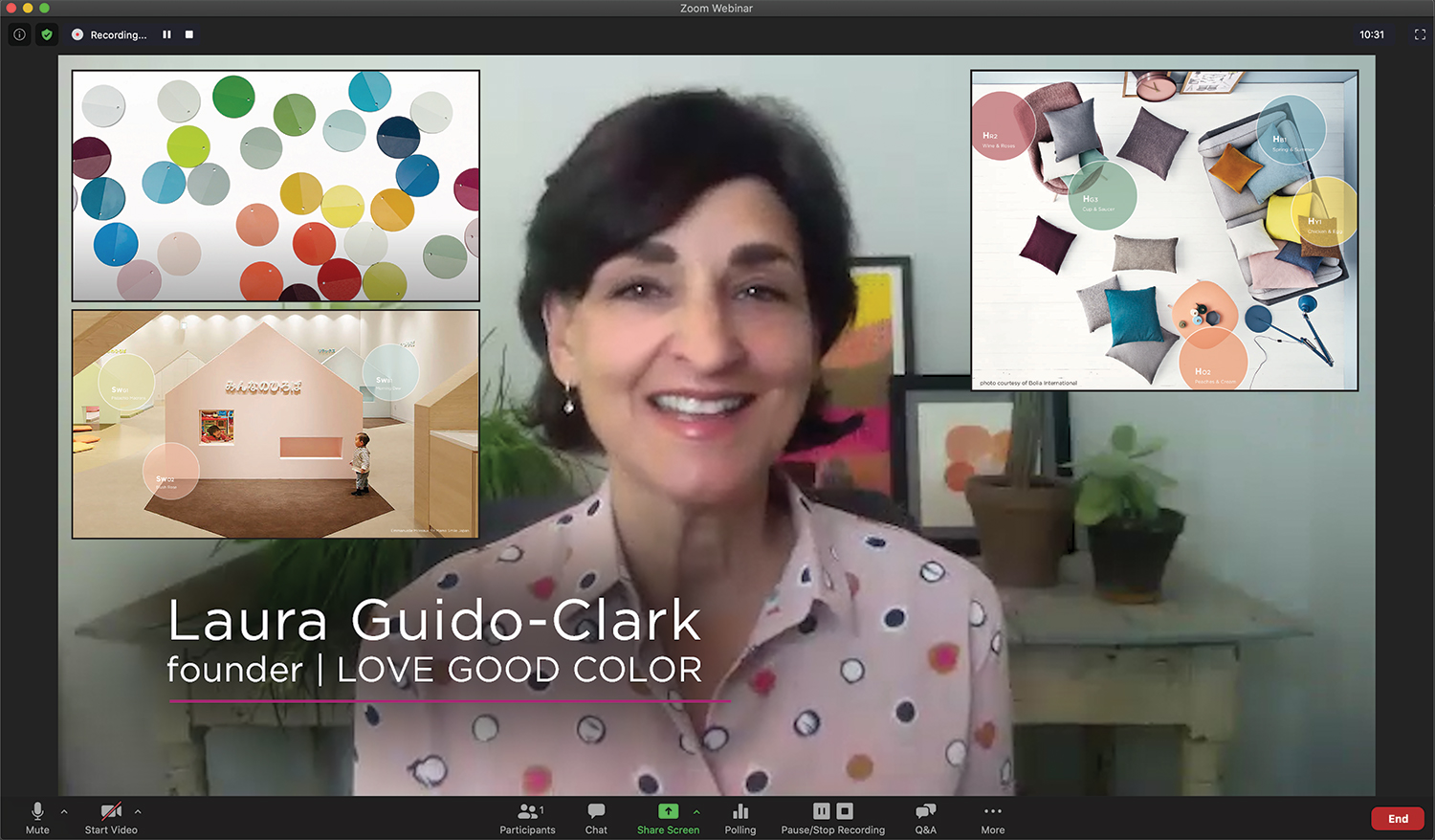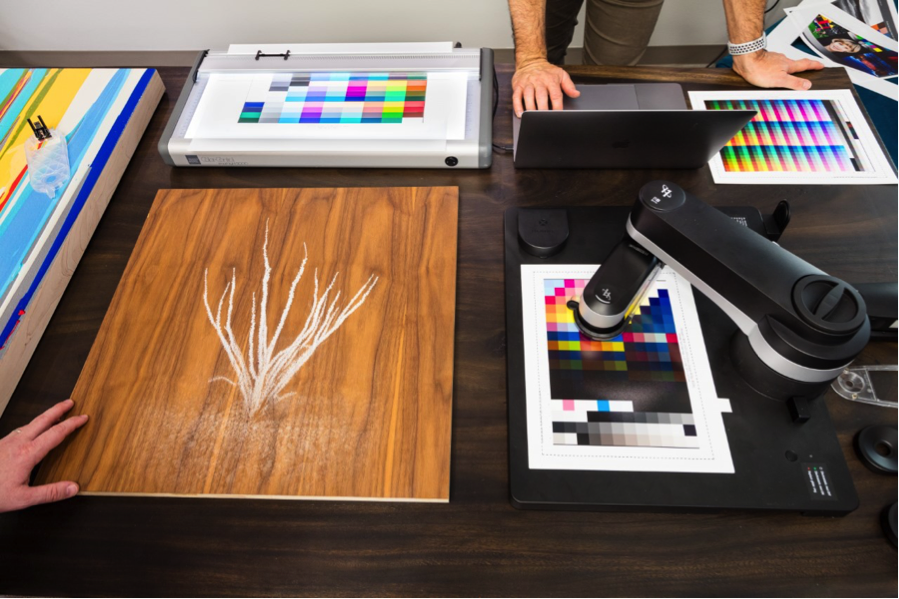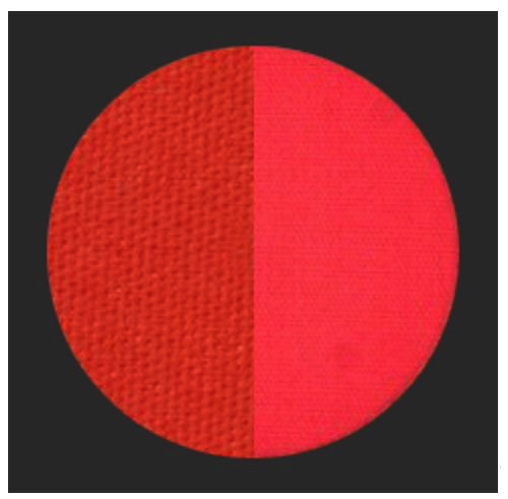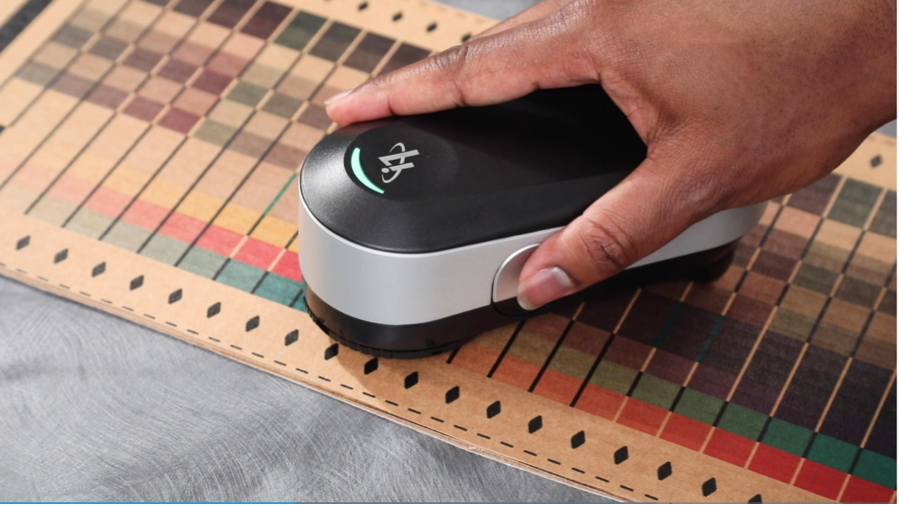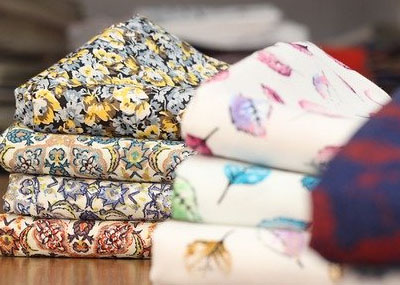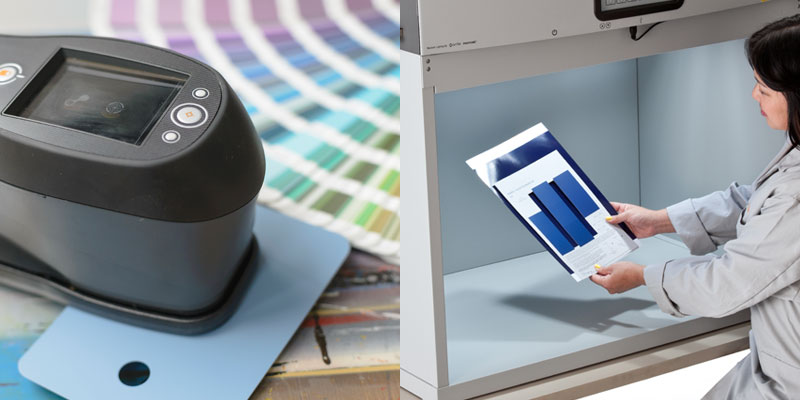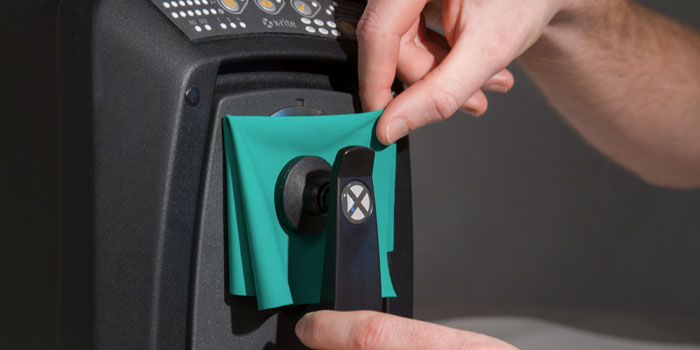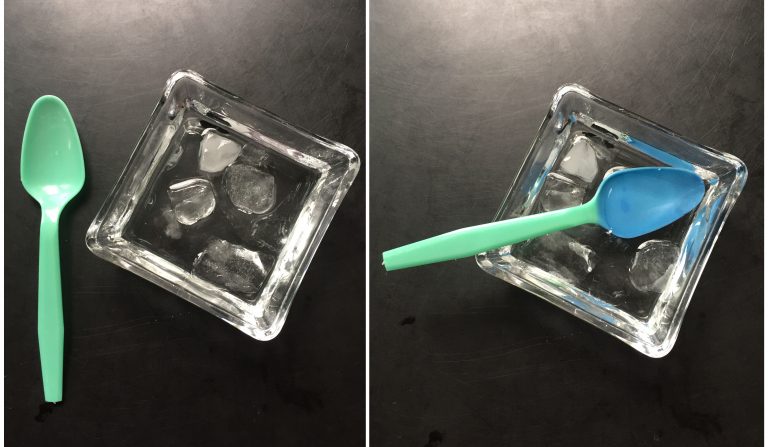You say color is important, but do you know why it’s so important? In reality, color is a critical element in the manufacturing process. Unfortunately, many manufacturers are realizing that getting color right is much harder than it used to be, and the brands they support are asking them to meet tighter tolerances. Here’s why. While advances in color technology – think metallic packaging, pearlescent finishes, custom fabrics and vibrant new colors – entice customers, the...
2020 forced manufacturers to rethink the way they work. Around the globe, COVID put a hard stop on the travel required to approve prototypes and delayed the shipment of physical samples. Many brands started looking for ways to use digital color samples to keep production moving but struggled with the inability to replicate how a color sample would look on a prototype. The PANTORA desktop application closes this gap. With PANTORA, users can capture or import spectral samples and store, manage, vi...
ICC color management means having a workflow that is predictable, consistent, and repeatable from capture through proofing to final output. To achieve a color managed workflow, you need to calibrate your devices and create an ICC profile for every component, including the camera, monitor, projector, scanner, and printer. Why Calibrate and Profile? For the best color results, you need to calibrate each device that is contributing to your workflow to ensure it is accurately reproducing colo...
Recently we had the opportunity to sit down with Laura Guido-Clark, a consumer products designer of color, material, and texture. She has been dubbed an “Experience Consultant,” which reflects her interest and study of human reactions to the look and feel of new products. Photo by Laura Flippen. We asked Guido-Clark to speak with us because we also appreciate the importance of color in our lives. Q. What inspired you to pursue a career in color? A. When I wa...
Whether you work with plastics, coatings or textiles, you must consistently achieve in-tolerance color or your product could be rejected before it even makes it to the shelf or showroom. This is especially true for brands that rely on off-site suppliers and manufacturers for raw materials and parts that come together at assembly, such as the plastic dashboard, fabric seats, and coated interior panels of a car. Even if each site produces in-tolerance color, it must be monitored an...
As digital printing continues to grow, many printmakers are moving beyond traditional media to create artwork on substrates like wood, acrylic, textiles, and backlit materials. While the results can be beautiful, achieving exceptional print quality on these materials can be challenging. Enter the i1Pro 3 Plus. With its large aperture, polarization and transmissive capabilities, this new member of X-Rite’s i1Pro Family can create color profiles for substrates that are otherwise ...
COVID-19 has stopped many industries in their tracks, textiles included. Travel bans and shelter-in-place orders are forcing vast, inter-connected supply chains to rethink the way they work. For brands that were already looking for new ways to achieve accurate color and speed time to market, this could be an opportunity. This global pandemic may help the apparel industry make important decisions to change the way it works – for the better – not only to get through this crisis, ...
In my recent blog I explained why the demand for printed fabrics is increasing and the challenge this poses for the digital print industry. Today, with help from Digital Imaging Expert Scott Martin of Onsight, I will share tips and tools to help printers profile textiles for a consistent digital workflow. While smooth textures can often be measured using traditional digital tools, fabrics with texture or specular reflections (like coated canvases) can cause issues. It's a lot harder to achieve ...
Although digital printing has been around for many years, the industry is undergoing dramatic changes. On the plus side, digital print technologies utilize more durable inks and offer higher reliability, longer print life, and overall cost savings and efficiency. But these changes also mean print shops must adjust the way they operate to remain competitive. According to Allied Market Research, the digital fabric printing market is expected to reach almost $4 million globally by 2022,...
Virtual reality has re-imagined the art of apparel and footwear design. 3D design programs like MODO, KeyShot, CLO, Browzwear, Optitex, and Lectra augment the creativity of color and material designers to virtually construct patterns and render realistic 3D garments. This is exciting technology for brands that want to reduce waste for a greener footprint and accelerate design to keep up with fast fashion. However, designers are notoriously tactile. They need to touch, feel, and gain a...
Are you wasting too much time and money on incorrect color? Even if you use the best color measurement tools available, your color will still fail without quality control. Quality control (QC) means verifying the color you specify is the same color you manufacture, throughout production. Setting up a QC program can help you accurately communicate color with clients and suppliers, inspect raw materials before you begin working, and verify your color is correct before you ship. Five Impor...
Benchtop spectrophotometers measure in either transmission or reflectance mode to capture and quantify color on various opaque, transparent, and translucent samples, including glass, liquid, fabric, and plastic. Today we’ll explain the difference between transmission and reflectance measurements so you can determine which benchtop will meet your color measurement needs. Transmission vs. Reflectance Measurements Both transmission and reflectance spectrophotometers emit all of the wav...
The World Series starts next week. While players and fans are gearing up for the big event, stadium groundskeepers are preparing, too. You’ve surely seen those meticulous patterns in the grass – crisscross, spiral, plaid – but do you know how the groundskeepers create them? Thanks to a phenomenon called geometric metamerism (aka gonio-appearance), the grass really is greener on the other side. Read on to learn more about this optical illusion that can trick your eyes and wreak havoc on y...
We frequently get calls from customers who can’t figure out why their measurements vary, even when they’re using maintained devices. Why would a sample read one way one day, then slightly different another? Many times the culprit is thermochromaticity, and it becomes an even bigger problem as the seasons change. Every kind of material changes color with temperature. These changes cause the material to exhibit a shift in reflected wavelengths of light, which can alter our perception....
As we close out 2016, it’s time to look ahead to 2017 and the upcoming manufacturing trends that will influence how we do business in the New Year. With rapidly changing technology, it’s difficult to know exactly what’s coming next, but we can definitely make some predictions. Over the past year, I have interviewed many customers across a variety of manufacturing industries to learn more about their industry concerns, the design and manufacturing challenges they face, and the t...
Beginning around the 1930’s, the rules of fashion dictated no white before Memorial Day. It was a status symbol, when the wealthy left their winter garments behind and headed to the beach for the summer with their lightweight, carefree clothes. Although the rule still loosely applies, modern day fashion is more concerned with the brightness of your whites than when you start wearing them. So how do manufacturers ensure their products are as white as they can be? Optical brightening agents ...


.jpeg?h=285&la=en&w=400&hash=6F4520F30E11DA92838E11C8E55C4BFB32664563)
